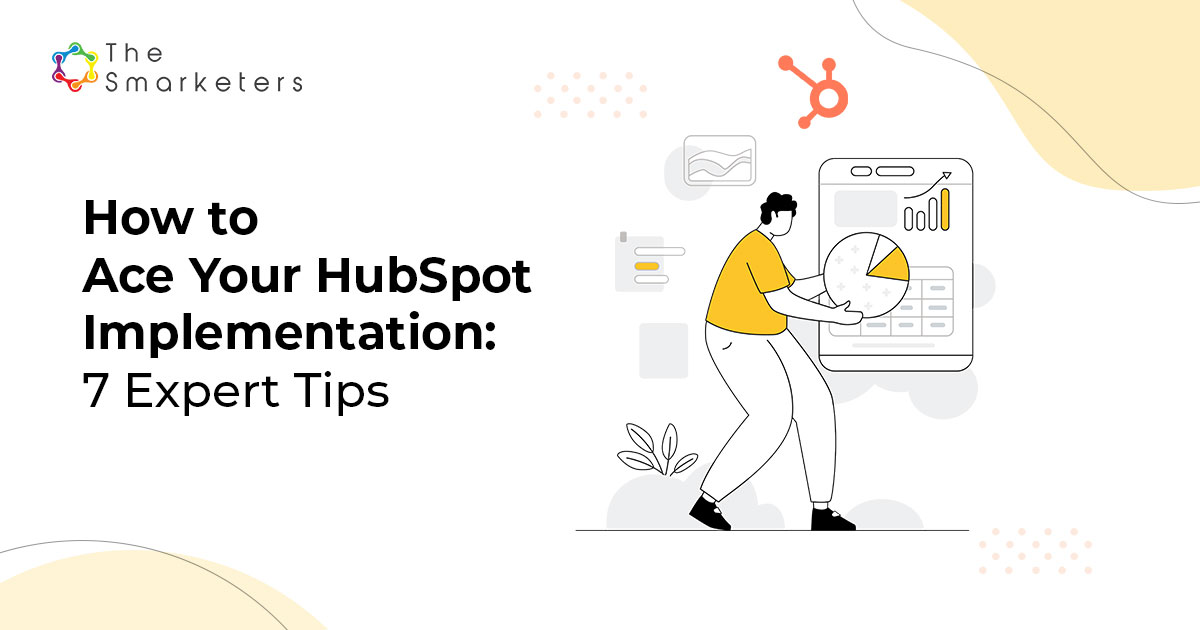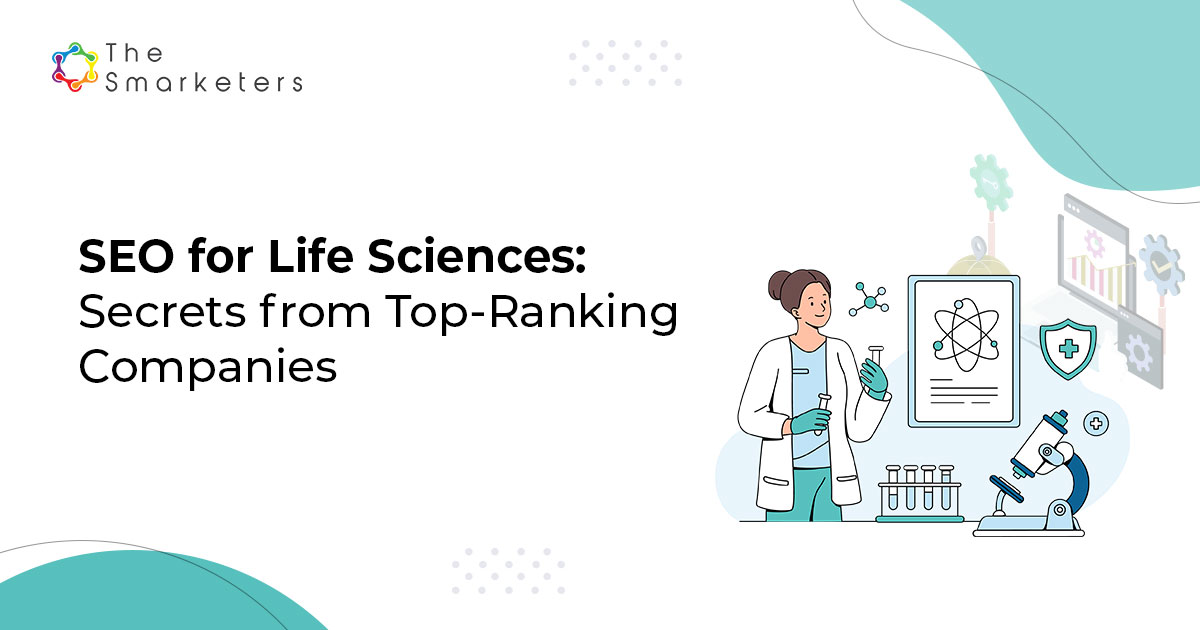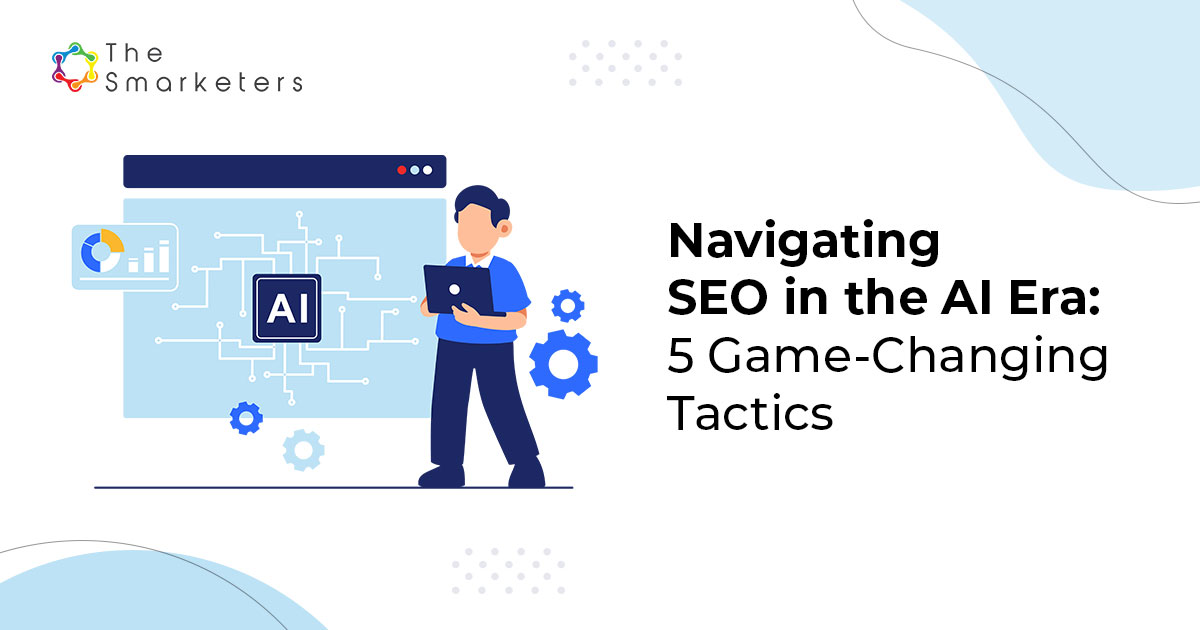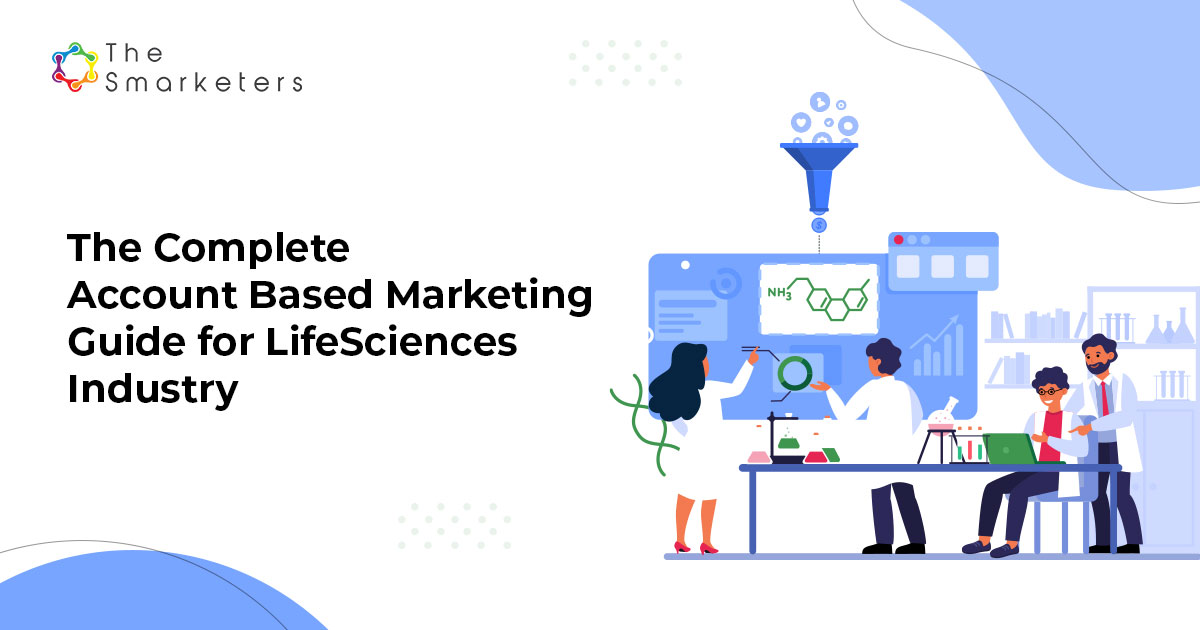As B2B businesses adjust to COVID-19, they are acutely aware of how important an effective account-based marketing (ABM) strategy is for meeting revenue goals, sustaining growth, improving customer experience or staying one step ahead of the competition in 2020. In uncertain times like these, agile and hyper-personalized ABM has never been more relevant.
But setting the right benchmarks and focusing on the relevant metrics is highly imperative when it comes to incorporating ABM learnings, tools and tactics.
What ABM benchmarks should your B2B organization look at? Where does your organization stand? Let’s find out.
What Is Your ABM Type?
The scale of ABM initiatives greatly differs from firm to firm. It largely depends on an organization’s readiness. Are you curious to know the percentage of B2B marketing executives that follow the same tactical approach as your company?
As per this Demand Gen report:
- 41% practice ABM Lite – one-to-few
- 40% use their existing tech stack – CRM, MAP and other tools
- 38% use Programmatic ABM – one-to-many
- 33% are in the early stages of testing their ABM strategy
- 29% have deployed Strategic ABM – one-to-one
The above statistics present a great picture of the level of competition, the available room to make bold strategic moves and also to understand if it is time to step aside from the fence and enter the game.
The Big Question – ROI
Forrester Consulting’s ABM report revealed fascinating insights on ABM’s impact on revenue. Marketing leaders shared that their ROI scaled up by 313%. These high returns were recorded after taking into account the uncertainty of benefits, cost estimates and all risk related factors.
The analysis of benefits divulged that $520,000 spent on ABM yielded $2.1 million in revenue, spread across three years. The costs include: software licensing and other service fees, planning & implementation and internal resource.
What Is Your Biggest B2B Marketing Challenge?
With an impressive ROI, the biggest strength of ABM benchmarks is its ability to assist businesses to overcome almost every sticky marketing challenge.
Before we lay out the benefits and solutions, let’s first explore the top 3 marketing challenges that B2B enterprises face without ABM. Here are the issues organizations reported about working with traditional marketing tools:
Challenge 1: Reactive Marketing Instead of Proactive
Reactive marketing has its own strengths and space. But in the year 2020, reactive B2B marketing can slow down progress and create performance gaps. According to organizations:
- Traditional reactive marketing leads to ineffective advertising and inquiries
- Emphasis on using the right data and creating ideal customer profiles is low
- The biggest drawback is the absence of tools to analyze the effectiveness of the campaign and how it is impacting the pipeline
Challenge 2: Account Targeting and Follow up
Be it a new company, an established firm in an emerging market or a business with a niche product offering, the inability to generate account-based insights is the biggest challenge for enterprises. Here’s why:
- The gap between customer lifecycle marketing and sales follow-up is too wide in traditional marketing
- Absence of a central repository for account-level fit or behavioural data, it is difficult for enterprises to prioritize accounts and customize campaigns
- Difficult to track awareness about a new product within target accounts, which negatively affects customer engagement
Challenge 3: Disconnect Between Sales and Marketing
An extension of the above-mentioned point, the lack of central target account data creates sales and marketing non-alignment. Why is this bad for business?
- Maintaining brand consistency without sales and marketing alignment is not an easy feat to achieve
- Conversion rate as well as customer retention rate dips down when both the teams are out of sync
Quantifiable and Unquantifiable Benefits
To overcome these challenges, businesses lean on ABM. It is the primary reason why 80% of global B2B marketers plan to amp up their budget for ABM.
Here’s a breakdown of what constituted benefits by Forrester while analyzing ROI:
Benefit 1: Reduced campaign costs
ABM marketers were able to reduce campaign costs by 40% per targeted account and per closed deal. For instance, the pre-ABM cost was $150 per targeted account or $1750 per closed deal as compared to post-ABM $90 or $660, respectively. This was achieved by focusing ad impressions on the right personas within the right accounts.
Benefit 2: Success in scheduling meetings with target accounts
Sales representatives were able to schedule 60% more meetings per month with the right prospects. It went up from 10 meetings to 16 per month. This jump is huge, especially when sales reps can walk into these meetings with account-based intelligence and tailored pitches. This translates into high conversion rates with better long-term value as the meeting scheduling success is one of the key drivers of sales growth. The deals closed per year count pre-ABM stood at 120, post-ABM at 288.
Benefit 3: Consistently achieve high close rates
ABM benchmarks also allowed companies to customize their messaging for each persona, resulting in better close rates (up by 2% point), and improved sales development prioritization. With ABM, the need to wait for the signal from customers is replaced by the ability to generate real-time anonymous behavioural signals on demand.
Benefit 4: Increase ACV and new partnerships
Unquantifiable benefits included a healthy increase in average contract value, and securing 5-8 new channel partnerships per year. Deal sizes ranged between $40,000 and $45,000, according to Forrester. The research firm believes that the contract value will increase even further. If your enterprise’s goal is to improve the close rate and partnership-building rate year-on-year to increase revenue, then use these statistics to set your benchmarks.
Benefit 5: Augment non-ABM exercises
Another hard to measure but the very significant benefit is – that ABM campaigns insights helped other sales and marketing decisions within the organization. The benefits of ABM spilled into non-ABM efforts that in turn enabled firms to increase their deal sizes and revenue.
Get The Basics Right
Performance ABM benchmarking will accelerate business growth and revenue if it is matched by preparedness. The first step is to analyze your business and identify metrics that you want to improve. Choose the right metrics and benchmark against these metrics.












